What is the Weight Limit for Drones?
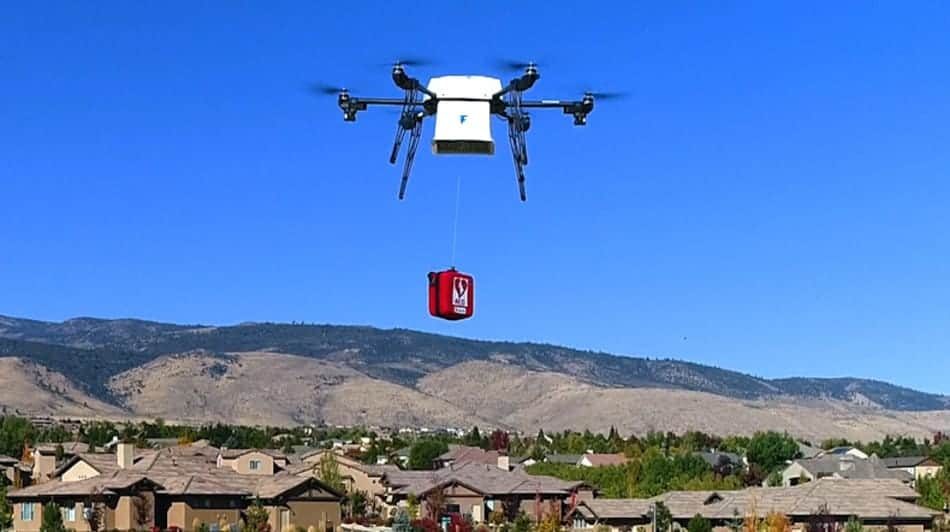
We all know drones can be very useful for moving payloads through the air, but is there a weight limit for drones? If you have a bigger and heavier drone than usual that is equipped with specialized equipment, including the camera or a whole LiDAR sensor, you must be aware of the restrictions by the FAA.
Also, by increasing a drone’s weight, you are generating more lift power to stay in the air, which means the propellers have to spin faster to keep the drone in the air. So, when it comes to drone flight, how heavy can you go and still fly within legal limits?
So What Is The Weight Limit For Drones? The Part 107 rules state that the weight of your drone must be within the range of 0.55 lbs and 55 lbs (25kg). The drones that weigh less than 0.55 lbs (250 grams) are considered mini-drones, and the ones that are more than 55 lbs (25kg) are considered „traditional aircraft “ by the FAA rules.
License For Drones That Weighs Up To 55 lbs
So, the number one thing you need to do if you are planning to start a drone business and earn some money is to get your Part 107 license. For The Small UAS, the rules are very clear – if you fly for recreation, you do not need a Part 107 Certificate.
If you want to fly for work or business, according to the FAA gov website, you must be at least 16 years old, you must pass an initial aeronautical knowledge test the FAA-approved knowledge testing center.
One of the Part 107 rules states that the weight of your drone must be within the range of 0.55 to 55 lbs (25kg). This means that any payload on the drone is included such as onboard equipment. On the other hand, drones that weigh less than 0.55 lbs (0.25kg) are considered mini-drones, and they don’t need Part 107 license.
However, a drone that weighs more than 55 lbs (25kg) is no longer a „mini-drone“ and by the FAA rules they consider that type of drone a „traditional aircraft“.
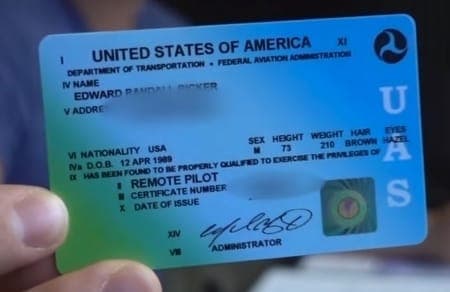
So, the registration for a traditional aircraft is very different from the rules implemented in the Part 107 certificate. For Part 107 license, the course includes 70 lectures that cover a wide variety of topics such as drone laws, weather & micrometeorology, national airspace systems and much more.
Also, you need to be a certified drone pilot, and you’ll need to master basic flight proficiency. It takes 8 weeks to get certified. Once you have a 107 certificate, the practice needs to begin.
> Get DJI Phantom 4 Pro Plus V2.0 HERE <
How To Get License For Drones That Weighs Over 55 lbs?
So now that we know that we can not fly a drone that weighs more than 55 lbs (25kg), even if you have a Part 107 license, we need to see what we can do next. The thing we have to warn you is that this will be a long and tedious process.
The FAA gov rules apply for American citizens, but very similar rules have other countries also. I will describe to you the detailed process and requirements that you have to go through to get the certification. (This is the manual I used to pass and get my license: Drone FAA 107 License Study Guide , you can order it on Amazon)
1. REGISTRATION
We have already mentioned that by the FAA rules, a drone that weighs more than 55 lbs (25kg) is considered a „traditional aircraft“, and can not be registered online. The principle of registration for traditional aircraft comes down to an old-fashioned paper registration process. So in this process, you will have to provide a detailed procedure about the „aircraft“ which includes:
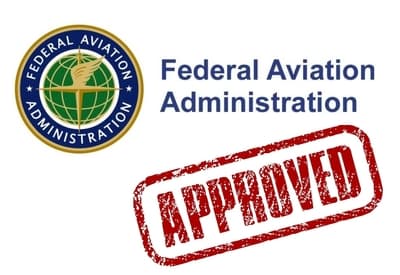
model of the aircraft, serial number, max takeoff weight, and engine type. In this part of the process, you must confirm aircraft ownership. This part of the registration can’t be fill out electronically, but you must send it by mail with a check for the registration fee of $5. For a complete registration process, visit the FAA’s Aircraft Registry page.
2. PILOT CERTIFICATION
The process you need to pass to get pilot certification and to legally fly a heavy drone that weighs more than 55 lbs (25kg) is to get a Section 333 exemption. Part 107 certification is much easier to get than it is a Section 333 exemption, which is much more tedious. Things that you must have before you ask for a Section 333 exemption are a medical certificate that provides that you are in a physical and mental condition, „fit to fly“.
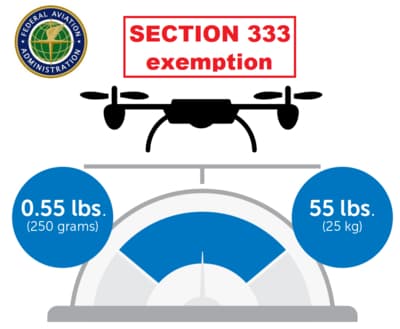
Also, one of the rules say that it requires at least two crew for drones that are over 55 lbs: one for remote the UAV and other to visual observe the area. This whole process can take an average of 6 months, therefore you must be patient.
3. FLIGHT RULES
Section 333 has specific rules that you must adhere to instead of the Part 107 rules. Unlike Part 107 where pilots have a 30-minute twilight window and can still fly a drone as long as he is equipped with appropriate anti-collision lighting, Section 333 has rules and restrictions that say that you can only fly a drone during daytime.
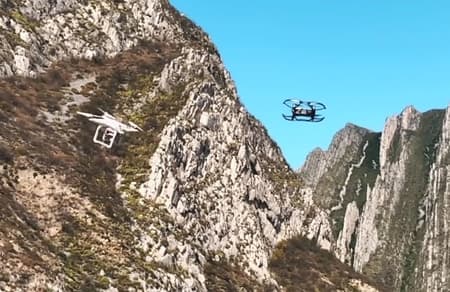
Other rules are more or less the same, such as that you can’t fly your drone beyond 400 feet (120 m) altitude. This also applies to the flight rules in restricted or controlled airspace, where you must get permission for air traffic control. For more details, visit the FAA’s website.
Types of Drones And Weight They Can Carry
We have different types of drones today available in the market, but all of them are divided into these 3 categories. The payload capacities of these drone types vary. But not all drones are designed to carry extra weight.
- Trick Drones– These tiny, affordable fliers are perfect for kids and beginner hobbyists. They’re limited by their flight time, which is typically 8-10 minutes, but they’re safe for flying indoors and affordable at around $100. Cheerson CX-10 is a popular toy drone for beginners. The size of this drone is about the size of a cookie. This drone is not intended to carry a payload, but it can carry about 4 to 6 grams of weight.
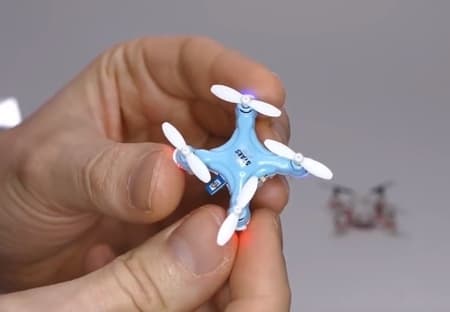
- Prosumer Drones – This is the middle ground between professional and consumer and the most common ones you’ll see, unlike trick drones, these have the power to carry a payload which, if you’re an aspiring photographer allows you to add things like a GoPro or a gimbal. They fly for about 25 minutes and they’ll run about $1,200. One of my favorites in this class of drones is YUNEC YUNH920 which is built verry powerful and can carry heavy payloads.
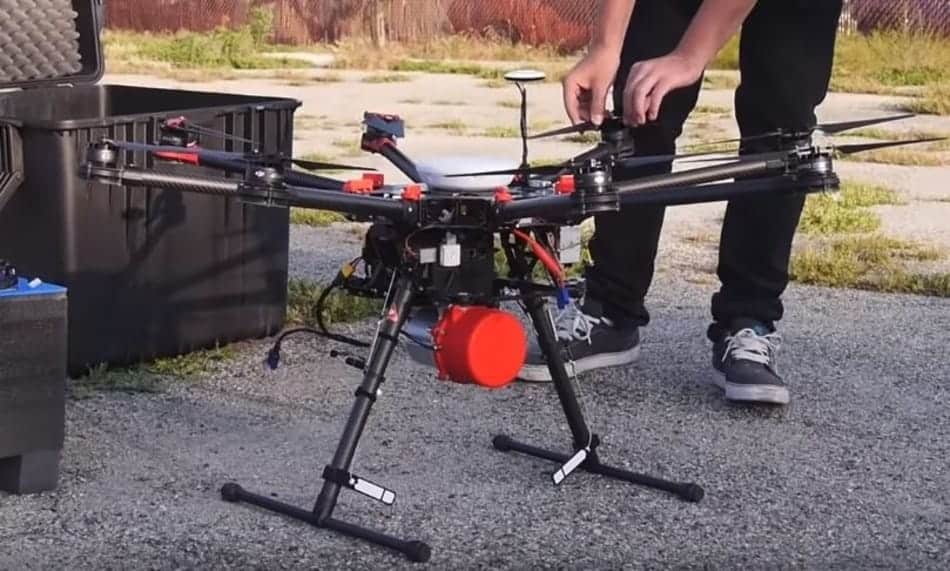
This drone is also known as the hexacopter and it can carry up to 3 kilograms, which is more than enough to carry a GoPro camera. YUNES YUNH920 is capable to fly up to 18 minutes in the air. This drone has the equipment with centrifugal fans for heat dissipation.
- Heavy Payload Drones – From pizza and cake deliveries to shooting cinema-quality video. But going pro is pricey. These drones can run more than $15,000. One of the best heavy lifting drones in the opinion of many people who are in the drone business, is Alta 8 from Freefly Systems. This drone is made for professional drone users, but the main coin is that it is exceptionally expensive. It has 8 powerful motors, capable of lifting up to 18 kilograms of payload. It has auxiliary sensors such as accelerometers, barometers, and GPS.
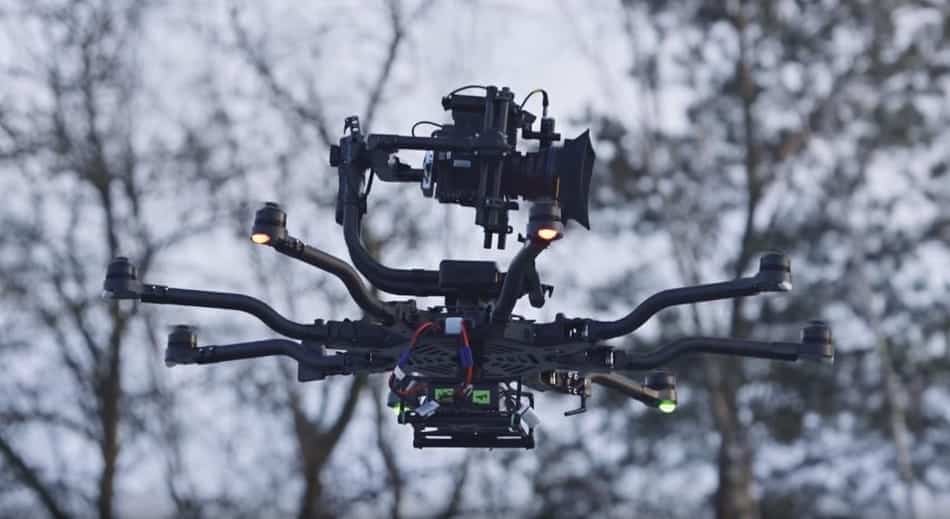
Physics Behind How Much Weight Drone Can Carry
We have to consider that there are several factors that affect the drone’s payload capacity. The most important among them are the motor power, the size and number of propellers, type of battery and the drone’s weight.
One of the factors we need to remember is that the propeller thrust should be twice the total weight of the drone and the payload. Drones also need to know how to deal with wind, air pressure and moisture in the air which can drastically influence your drone. Drones that need a big lift requirement also needs a battery with a bigger capacity, which also adds weight to the drone.
Heavy lift drones beside extra weight that they need to carry also need a strong and durable drone frame which is heavier than the standard lightweight construcion of the hobby drones.
There is also one very important thing besides from adding the payload to the drone, and that is the take-off weight or capacity that the drone must use to take off, which we must take into consideration. Take-off weight is usually the heftiest capacity the drone can handle for it to fly without any complications.
Because there are still a couple of factors that are here like battery life, and control of the drone in the air while carrying the payload.
Related Article: What is the Weight Limit for Drones?
What happens When a Drone Loses its Payload During a Flight?
Imagine what would happen to the drone that is carrying a payload of about 50 kg and that payload suddenly breaks. The payload would fall to the ground, and the drone would suddenly lose control and jump up.
We all know the basic law of physics that action is associated with reaction, and this rule applies to a drone also if they loses payload. When the drone loses its payload, it will jump up because the motor speed is high. After that, the smart system embedded in the drone will react and reduce the motor speed immediately.
Also, one of the possible scenarios is if the payload is attached to the drone via 2 or 3 ropes and one of them breaks off. At that point, the payload is off-center, and the drone will tilt, while in some cases drone will crash if the power is too low.
Be sure to check this drone model: DJI Mini 3 Pro
Conclusion
It is clear that the need for drones that are capable of moving bigger payloads through the air is increasing, together with the requirement for bigger and heavier drones. The only thing that creates difficulties in these are the FAA rules that state the weight of your drone must be within the range of 0.55 lbs and 55 lbs (25kg).
The drones that weigh is less than 0.55 lbs (250 grams) are considered mini-drones, and the ones that are more than 55 lbs (25kg) are considered „traditional aircrafts“ by the FAA rules. A things you need to have if you want to fly a heavier drone then 55 lbs (25 kg) is a Section 333 exemption, which brings a medical certificate that provides that you are in a physical and mental condition, „fit to fly“.
By this, you will have to go through a much higher level of scrutiny, and you will need about 6 months comared to the 1 month with Part 107 license.


